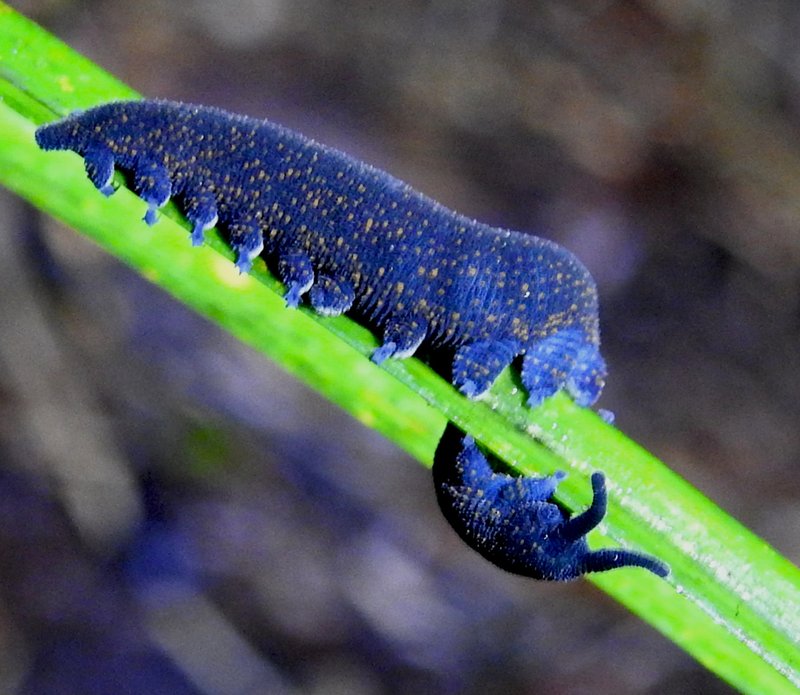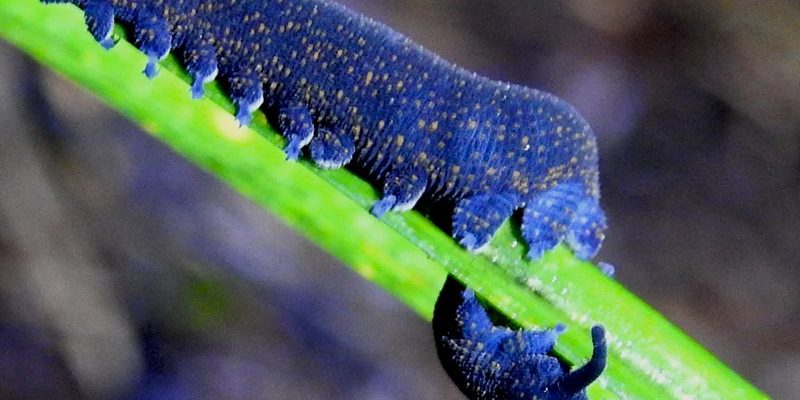
In this guide, we’re going to dive deep into the world of velvet worms. We’ll explore their dazzling colors, distinct patterns, and varying sizes. Whether you’re a nature enthusiast or just someone who stumbled upon velvet worms in a book or online, understanding these creatures can be as fun as discovering a new song or movie you love. So, grab a cup of coffee, and let’s get started!
What Are Velvet Worms?
Velvet worms, or *Onychophora* as fancy folks call them, are unique invertebrates that date back millions of years. Picture them as a bridge between insects and worms. They have soft, velvety bodies, usually covered in tiny hair-like structures called setae. This gives them a fuzzy appearance, almost like they’re wearing a cozy jacket.
These worms are fascinating for more than just their looks. Their bodies are made up of segments, and they can even produce a sticky slime to catch their prey. Yes, they’re not your average garden worm! Velvet worms typically inhabit moist, shaded environments, like forests, where they can thrive without drying out.
You might be wondering what draws people to these little creatures. For many, it’s their oddity and charm. For scientists, it’s their evolutionary significance. Understanding velvet worms can shed light on how certain traits evolved in early arthropods.
Dazzling Colors of Velvet Worms
When it comes to color, velvet worms are anything but dull. They can range from shades of brown and green to more vibrant hues like blue, red, or yellow. It’s like they’re straight out of a painter’s palette!
For example, some species, like *Peripatus*, flaunt a bright blue or purple body. This bright coloration can serve a purpose beyond aesthetics, helping with camouflage in their natural habitat. The colors allow them to blend in with the rich greens and browns of the forest floor.
Color can also indicate a specific species. If you’re lucky enough to spot a velvet worm, taking note of its color can be key to identifying it. Plus, the color can change with the environment, depending on wetness and temperature. That means these worms aren’t just about their color – they’re a reflection of their surroundings. Pretty neat, right?
Patterns That Catch the Eye
Patterns on velvet worms can be just as captivating as their colors. You might see some with stripes, spots, or intricate designs that resemble a work of abstract art. These patterns serve various functions, from helping with camouflage to signaling to other velvet worms.
For instance, a velvet worm with a spotted pattern might find it easier to stay hidden among the dappled sunlight filtering through leaves. On the other hand, striking patterns can attract mates. Think of it as nature’s version of a flashy outfit on a first date!
Not every velvet worm has a distinct pattern, but those that do can often be identified by their unique markings. When observing these creatures, take a moment to appreciate the artistry of their patterns – it’s like seeing a masterpiece in the wild!
Size: Small Yet Mighty
Velvet worms come in different sizes, but they’re generally small compared to many other creatures. Most species are about 2 to 10 centimeters long. To give you a better sense of scale, that’s similar to the length of a pencil or your little finger.
Despite their small stature, don’t underestimate them! They can be quite agile, moving swiftly over damp surfaces. Their body structure is adapted for various terrains, allowing them to squirm through leaf litter and navigate their habitats with ease.
The size of a velvet worm can often depend on its species and environmental conditions. For example, worms found in more favorable, moisture-rich surroundings may grow larger than those in drier areas. Think of it as nature’s way of tailoring each creature to its environment.
Why Identifying Velvet Worms Matters
You might be wondering why it’s essential to identify these fascinating creatures. For one, understanding the diversity of velvet worms helps in appreciating our planet’s biodiversity. They play a vital role in their ecosystems, often serving as both predators and prey.
Moreover, scientists study velvet worms to learn more about evolution and environmental adaptation. By identifying the various species, researchers can gather data on changes in habitats and ecosystems. This information is crucial for conservation efforts, especially with all the changes happening in our world today.
So, next time you encounter a velvet worm or hear about them, remember that there’s more to these creatures than meets the eye. They’re not just intriguing; they’re also a piece of the puzzle that helps us understand the natural world.
Where to Find Velvet Worms
If you’re feeling adventurous and want to see velvet worms in action, knowing where to look is key! These worms thrive in warm, humid environments, so your best bet is to search in rainforests, woodlands, or even under leaf litter in your backyard.
When exploring, keep an eye out for moist areas—like near streams, rivers, or after rainfall. Velvet worms are nocturnal, meaning they’re most active at night. So, if you’re heading out on a late-night adventure, you might just catch a glimpse of these mesmerizing creatures.
Be gentle when searching; they are delicate beings. If you spot one, try to observe without disturbing its environment. This way, you can enjoy the beauty of velvet worms while respecting their home.
So there you have it! Velvet worms might not be the most famous creatures in nature, but they definitely deserve a spot on your list of fascinating wildlife. Their colors, patterns, and sizes form a unique tapestry of life that’s worth exploring.
Whether you’re out in the wild or simply reading about them at home, understanding velvet worms can deepen your appreciation for the diversity in our ecosystems. The next time you hear someone mention them, you can share all the cool stuff you’ve learned.
Remember, nature is full of surprises, and velvet worms are just one example of the wonders waiting to be discovered. Happy exploring!

